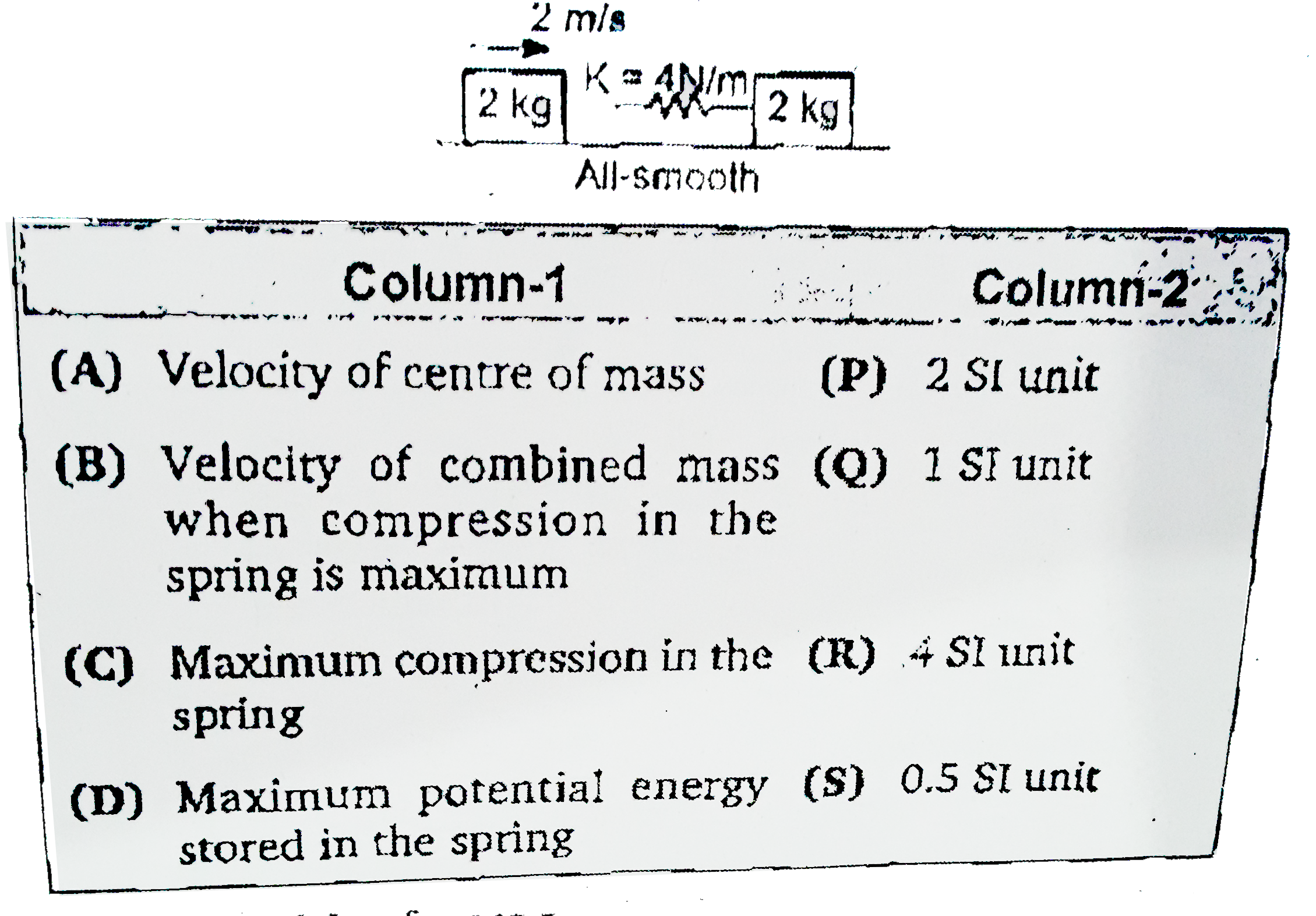In the arrangement shown in figure., the image of the extended object as seen by the observer is
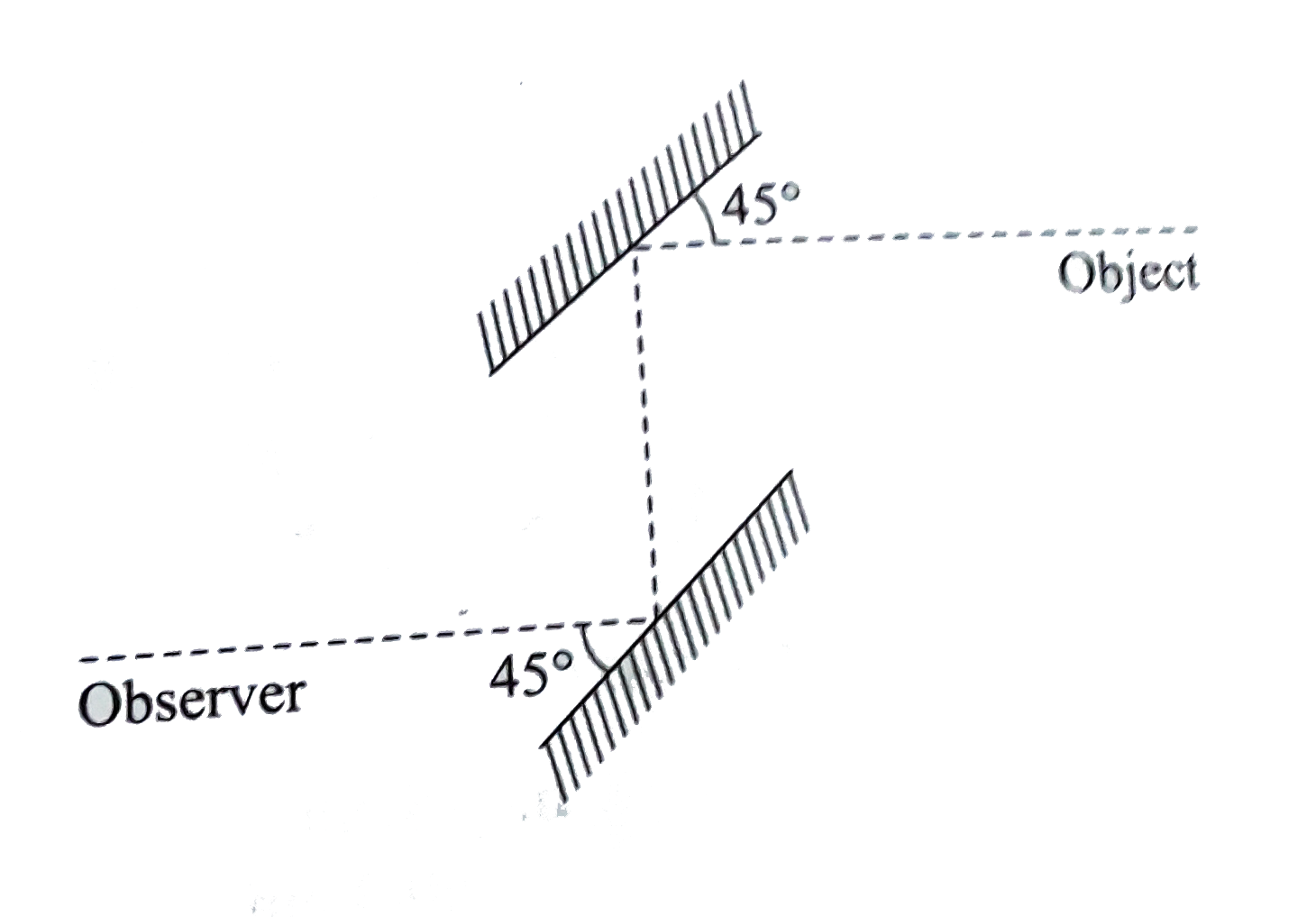
real and inverted
real and erect
virtual and inverted
virtual and erect
The correct Answer is:d.
Ray diagram for image fromation is as shown in figure

Topper's Solved these Questions
- BOOK - CENGAGE PHYSICSCHAPTER - GEOMETRICAL OPTICSEXERCISE - Assertion-Reasoninig2videos
GEOMETRICAL OPTICS
- BOOK - CENGAGE PHYSICSCHAPTER - GEOMETRICAL OPTICSEXERCISE - Linked Comprehension51videos
GEOMETRICAL OPTICS
- BOOK - CENGAGE PHYSICSCHAPTER - GEOMETRICAL OPTICSEXERCISE - Subjective26videos
GEOMETRICAL OPTICS
- BOOK - CENGAGE PHYSICSCHAPTER - FRICTIONEXERCISE - QUESTION BANK1videos
FRICTION
- BOOK - CENGAGE PHYSICSCHAPTER - GRAVITATIONEXERCISE - Question Bank39videos
GRAVITATION
Similar Questions
Knowledge Check
- Question 1 - Select One
The arrangement as shown in figure is called as
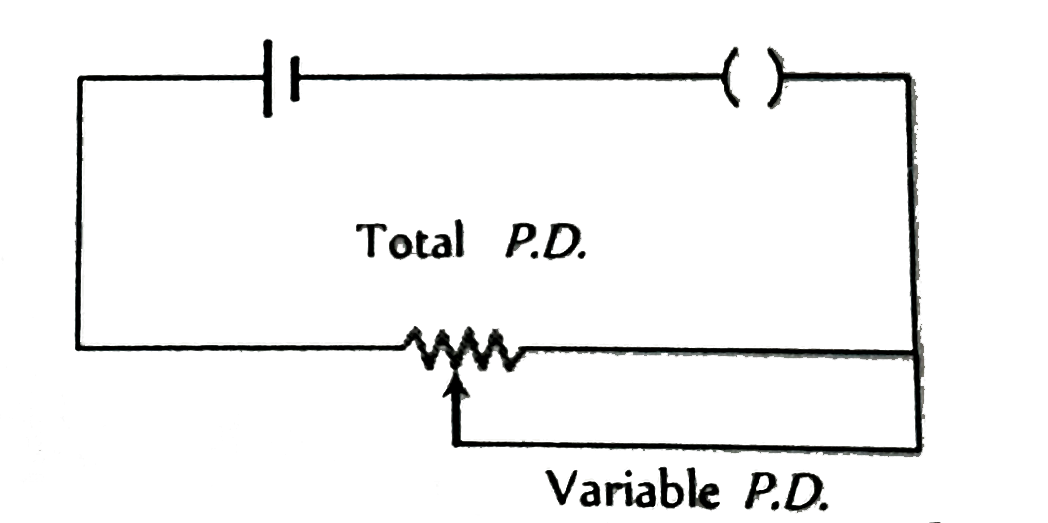 APotential dividerBPotential adderCPotential substracterDPotential multiplier
APotential dividerBPotential adderCPotential substracterDPotential multiplier - Question 2 - Select One
In the arrangement shown in figure, O is the object. An observer is to the left of convex lens and looking towards lens. The observer will see an image
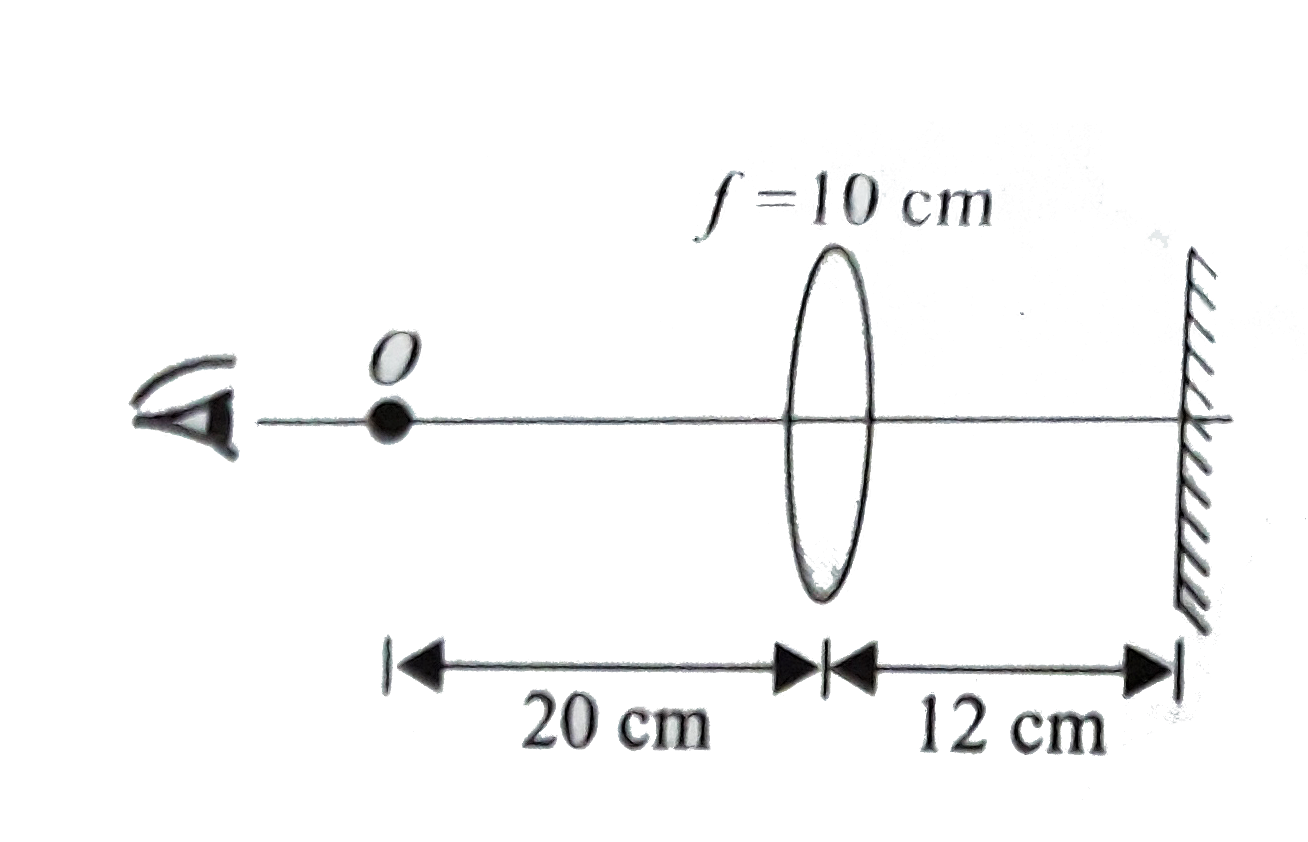 Abehind the mirrorBbetween lens and mirrorCto the left of lensDno image will be seen
Abehind the mirrorBbetween lens and mirrorCto the left of lensDno image will be seen - Question 3 - Select One
A point luminous object (O) is at a distance h from front face of a glass slab of width d and of refractive index μ. On the back face of slab is a refracting plane mirror. An observer sees the image of object in mirror as shown in figure. Distance of image from front face as seen by observer will be
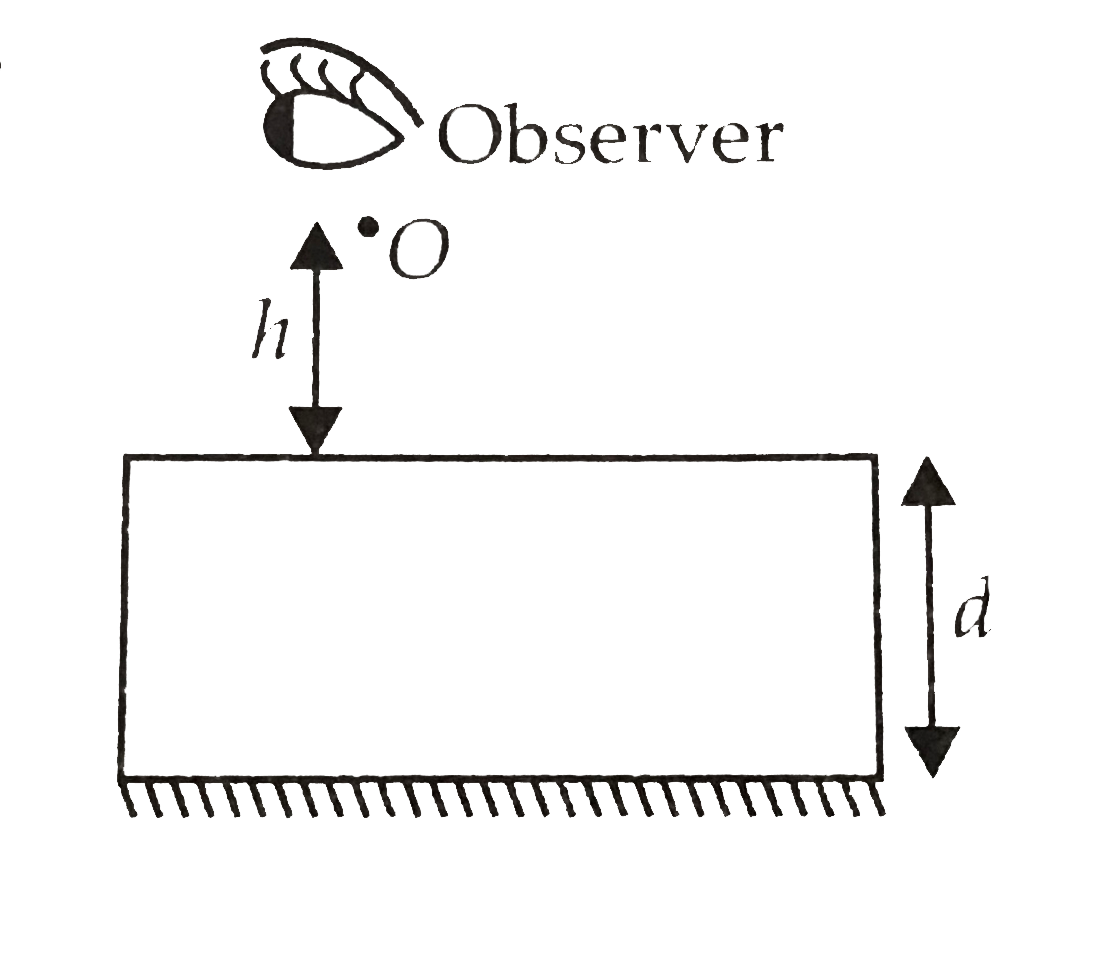 Ah+2dμB2h+2dCh+dDh+dμ
Ah+2dμB2h+2dCh+dDh+dμ
Locate the image fo the point P as seen by the eye in the figure.
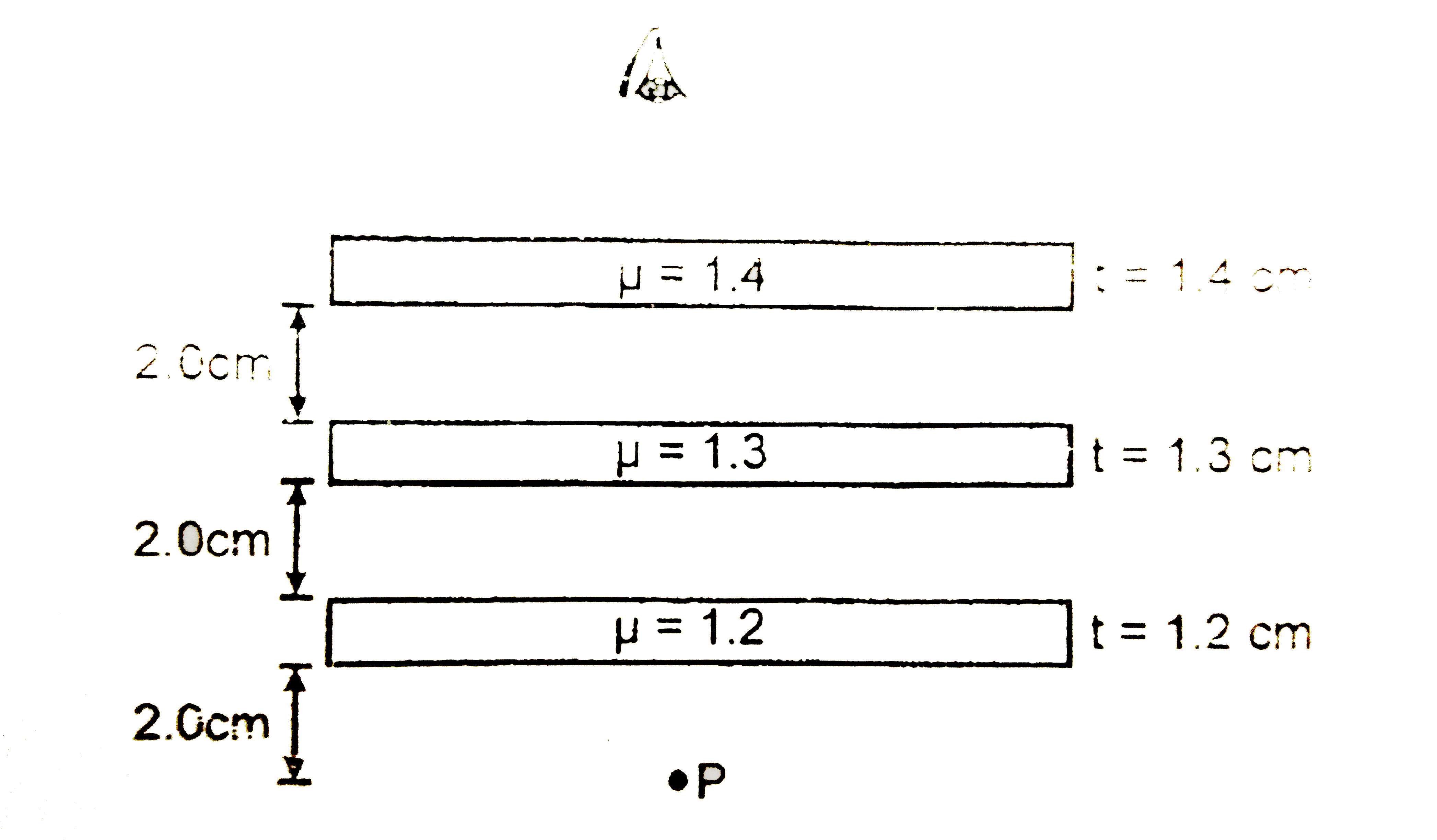 View Solution
View SolutionA small object is embedded in a glass sphere (μ−1.5) of radius 5.0cm left to the center. Locate the image of the object as seen by an observer standing (a) to the left of the sphere and (b) to the right of the sphere.
View SolutionConsider the rays shown in figure, as paraxial. The image of the virtual point object O formed by the lens LL is
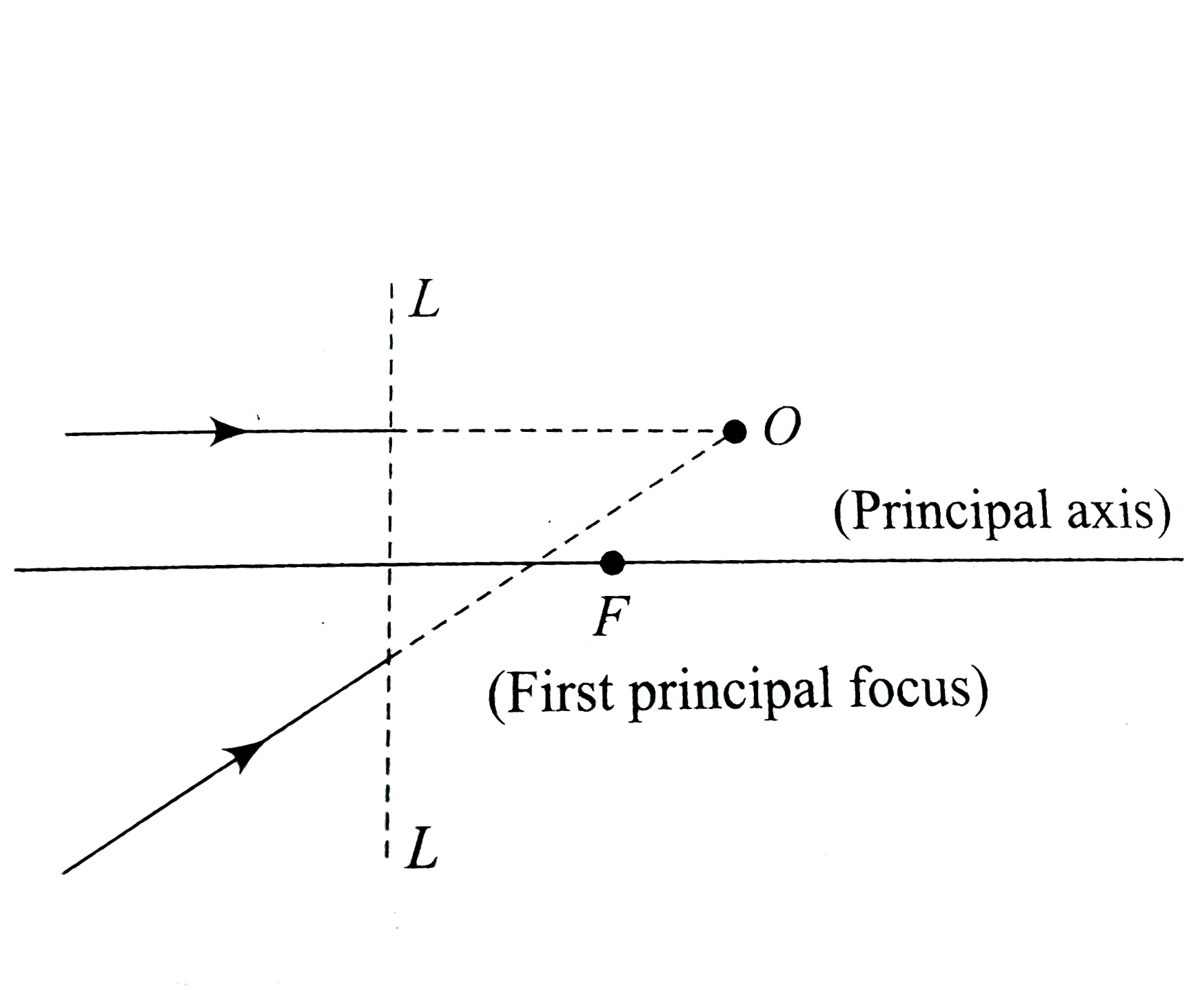 View Solution
View SolutionA point object O can move along vertical line AB as shown in figure . When image of the object is first visible to D then it is released at t=0 from rest from A . The time for which image is visible to D is :
_S01_047_Q01.png) View Solution
View SolutionMirror in the arrangement shown in figure is moving up with speed 8cm/sec. There is an object O outside water. Speed of final image formed after two refraction and one refraction and the reflection is :
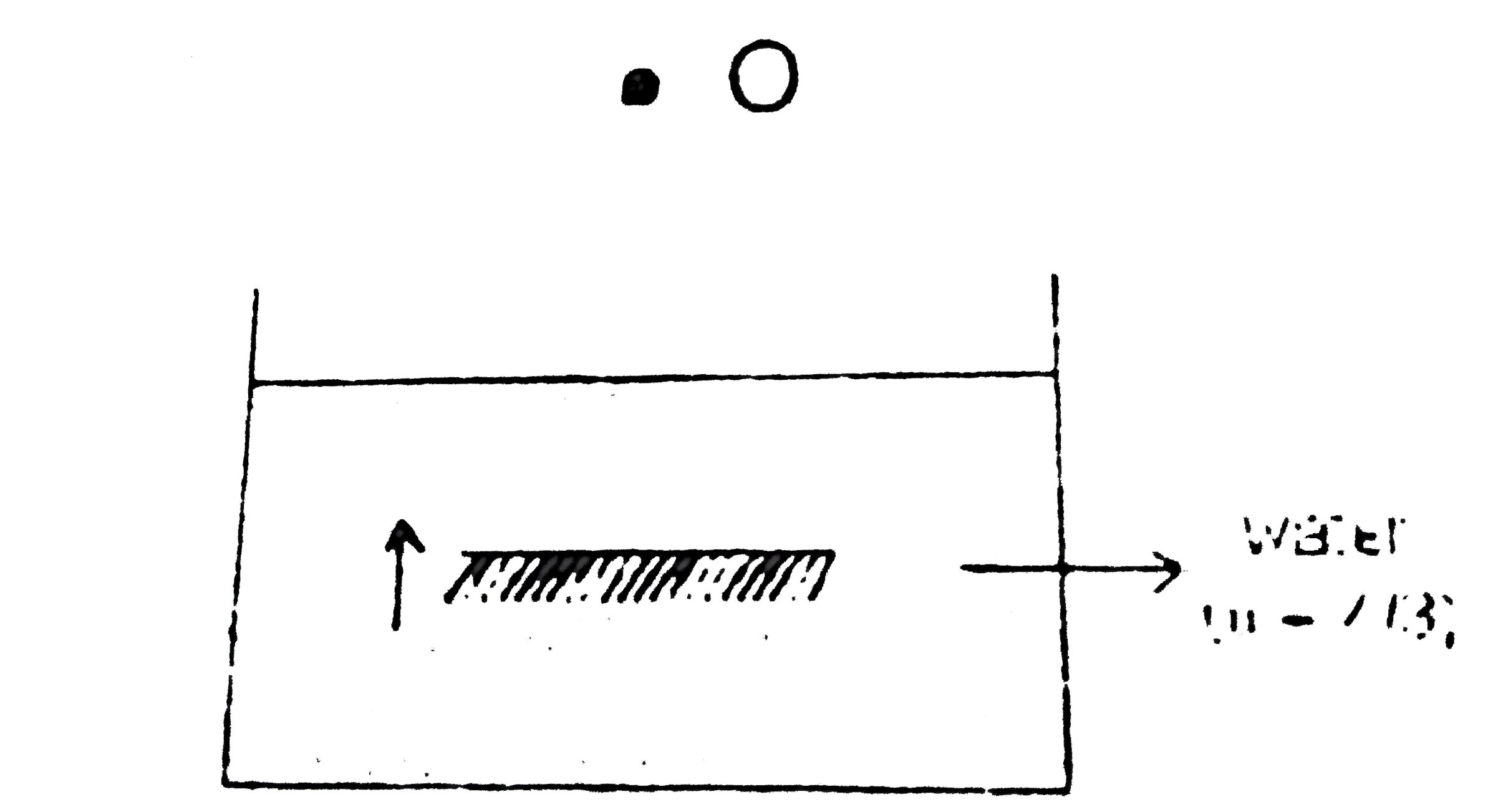 .View Solution
.View Solution


